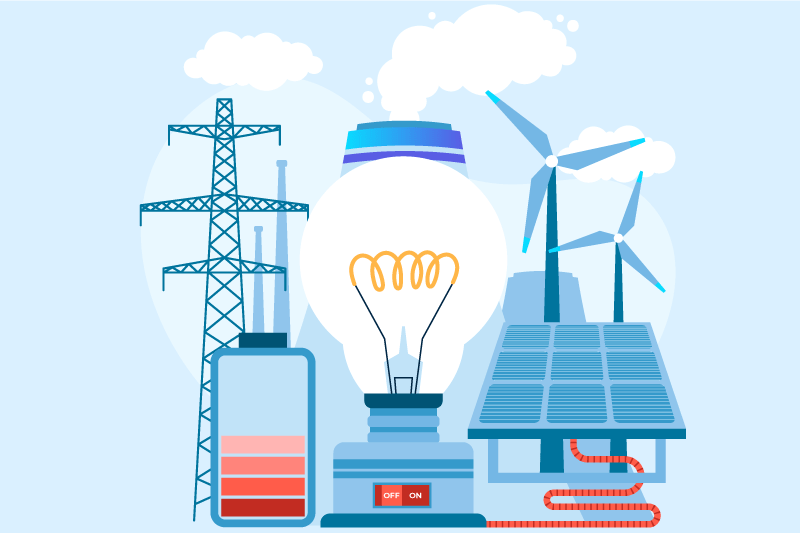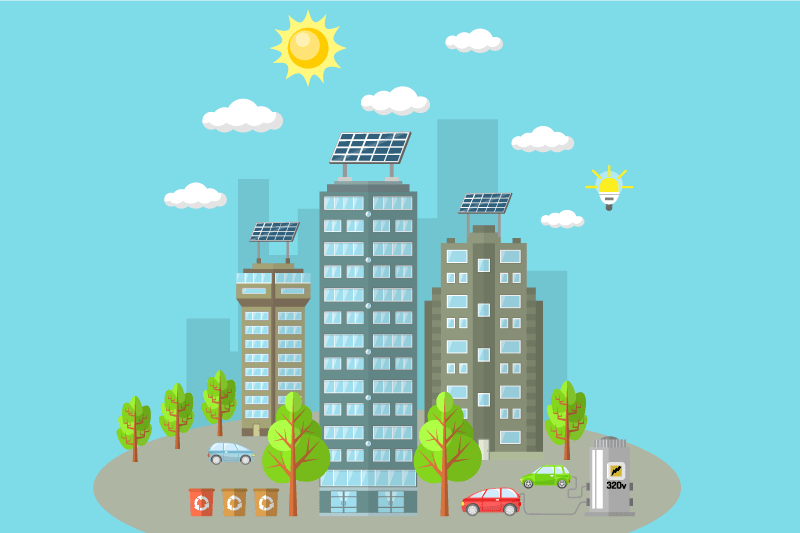New technology is changing how buildings work, including in business areas. Smart buildings are leading this change, using fancy tech to improve things. This article talks about smart building tech for Australian commercial properties.
A smart building is a smart structure. It can control the temperature, lights, and security all by itself. This makes the place comfy and safe for people. Also, it saves energy, which is good for the environment.
In the coming years, smart buildings will get even smarter. New tech will make them even more efficient and excellent. Let’s see what cool features will soon be part of smart buildings.
Knowing Smart Buildings
Smart buildings are designed to make people’s experience better by using technology, different materials, and creative designs. These buildings can make occupants healthier and safer, make maintenance more manageable, and save energy.
New technologies like IoT, AI, and specific materials are being used to solve old building problems. These technologies make buildings even smarter.
Information and communication technologies (ICT) help connect all building parts, making them more productive. Engineers and managers can use smart systems to make important decisions about the building.
Smart technologies are primarily used in offices and commercial buildings, but they’re also starting to be used more in homes.
Enhancing Energy Efficiency Through Smart Technologies
As smart technologies become more common, people realize how much humans affect nature. Fighting climate change is important because we see more evidence of how gases we release into the air are causing extreme weather.
Buildings contribute a lot to this problem. For example, about half of the pollution from buildings happens while they’re being built or made.
Also, heating from fossil fuels, especially in winter, creates a lot of pollution. And when we use energy that can’t be renewed, like coal, it adds to the issue.
To help with this, we use smart meters and thermostats to watch how much energy we use and try to save money.
AI and machine learning are making building systems smarter. Also, by making 3D models of buildings using smart data, we can find where we need to use less energy.
Benefits of Smart Buildings in Commercial Properties

Saving Energy:
Better Experience for Tenants:
Saving Money and Increase Productivity:
Using Space Wisely:
Early Maintenance:
Increasing Property Value:
Challenges
Initially Expensive:
Vast Connectivity Issue:
Cybersecurity Problems:
Skilled Workers:
Diverse Systems Don't Always Work Together:
Privacy Concerns:
Smart buildings collect data, which can worry people about privacy. Owners must balance using data to improve things and respecting people’s privacy.
In conclusion, while smart building tech brings many benefits, like saving energy and making tenants happy, there are also challenges.
Owners and people in the real estate business need to consider all consequences. They must invest in the right tech and people to make it work well.
As the industry keeps changing, smart buildings will shape how commercial real estate works in the future.
Key Technologies of Smart Building for Commercial Properties

Here are some key components and how they contribute to the smart building ecosystem:
Building Management Systems (BMS):
Energy Management Systems (EMS):
Internet of Things (IoT) Devices:
Building Analytics:
Smart Lighting:
HVAC Optimization:
Renewable Energy and Energy Storage:
Smart Water Management Systems:
Access Control and Security Systems:
5G Connectivity:
The development of 5G networks enhances IoT capabilities, allowing faster and more reliable data transmission. This improves the efficiency of building systems and enables quicker responses to changes.
Smart buildings combine these technologies to create adaptive environments prioritizing comfort, productivity, and sustainability.
As technology continues to evolve, smart buildings will shape the future of the commercial real estate, offering significant benefits for owners, operators, and occupants.
Decreasing Energy Consumption by Considering Diverse Users

How people act in buildings and how the buildings are set up affect how much energy is used daily. Planning buildings with this in mind helps save energy and money for the people there.
Using smart sensors and thermostats to see which rooms are used the most and adjust the heat accordingly helps design smart buildings.
Putting rooms that make heat, like kitchens and bathrooms, on lower floors can naturally send heat to where people live and sleep, which helps save even more money.
Saving energy is important because of climate change and because life is getting more expensive for many people. Future buildings should be planned with smart technology to save heat, energy, and money.
Even though smart buildings are still new, new technologies and smart ideas about building things mean that future buildings will be more connected, use less energy, and be better for those living there.
Click on Cyanergy to learn more about energy efficiency and sustainability.







